R-Health Selected as Key Contributor to National Report on Achieving Value through Advanced Primary Care
Local direct primary care provider only regional healthcare company to participate in comprehensive assessment of key strategies to improve patient health outcomes and increase employer value
ELKINS PARK, PA – April 28, 2020 – R-Health, a leader in innovative advanced primary care solutions, participated in a national study revealing key attributes and strategies for employers to consider in order to provide healthcare focused on increased value for both patients and purchasers. The National Alliance of Healthcare Purchaser Coalitions (National Alliance), a nonprofit network of business coalitions representing more than 12,000 purchasers and 45 million Americans, spending more than $300 billion annually on healthcare, this week released the resulting report, Achieving Value through Advanced Primary Care.
Through this study, five leading primary care organizations evaluated the main components of plans that successfully deliver improved health outcomes for patients and increased value for employers and other plan sponsors. R-Health, a provider of advanced primary care, was the only healthcare company to participate from Pennsylvania or New Jersey.
Central to the National Alliance’s findings are the following seven key attributes:
- Enhanced Access for Patients
- More Time with Patients
- Realigned Payment Methods
- Organizational & Infrastructure Backbone
- Behavioral Health Integration
- Disciplined Focus on Health Improvement
- Referral Management
“While employers have always sought value for their health benefit dollars, the unprecedented revenue loss and business disruption for so many due to COVID-19 adds an even greater urgency to maximize the return on investment for their healthcare spend,” said Michael Thompson, president and CEO, National Alliance. “Optimally, advanced primary care programs can save employers as much as 15% of their overall healthcare costs while also providing a steady source of income to these critically important providers.”
R-Health’s approach, available to employers for a flat monthly fee, was founded to focus on the patient-physician relationship. Providers are not pressured to see a certain number of patients each day or complete required billing paperwork. Instead, they are valued for their commitment to building relationships with their patients. This also enables more opportunity to notice and treat chronic conditions and behavioral health issues among many other healthcare concerns.
“It was extremely beneficial for R-Health to take part in this assessment and contribute to highlighting the factors for success in providing advanced primary care,” said Mason Reiner, R-Health’s chief executive officer. “Our approach has made a distinct impact on patient health and employer savings and I credit our physicians for the compassionate and proactive care they provide to our patients on a daily basis, particularly as they calmly guide them through the current healthcare crisis.”
R-Health patients are often seen the same day they request an appointment and have direct access to their personal physicians day and night via Spruce, a secure mobile app that has been particularly critical in recent months as care has converted seamlessly to nearly 100% virtual.
HealthyData™, R-Health’s proprietary clinical intelligence platform, gives the clinical care team user-friendly access to data and information to make informed healthcare decisions. When necessary, providers refer patients to specialists, managing that process to ensure appointments are made and results are communicated. The R-Health team also carefully screens for and addresses population health risks and help bridge gaps in care by sharing relevant resources and following up regularly to assure treatment adherence and health maintenance.
Data has revealed that adults with a primary care physician have 33% lower healthcare costs and 19% lower risk of mortality than those who see only a specialist. The U.S. stands to save $67 billion annually if everybody relied on a primary care provider as their regular source of care. R-Health patients have an average of 260 office visits per 100 people per year compared to the CDC average of 63.7 office visits per 100 people per year for General & Family Practice – more than four times the national average.
“We appreciate that R-Health participated in this effort to promote measurement and transparency about the quality of care being delivered by advanced primary care provider organizations,” said Neil Goldfarb, President and CEO of the Greater Philadelphia Business Coalition on Health, the local affiliate of the National Alliance, serving 52 employers in Southeastern Pennsylvania, Southern New Jersey, and Delaware, with a collective 1.5 million covered lives. “The report highlights dimensions of performance that employers can use to assess their primary care networks and the health plans that build those networks. We encourage employers to steer their populations to providers who deliver high-quality care and who are willing to make their performance metrics available to the public.”

